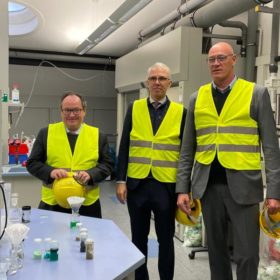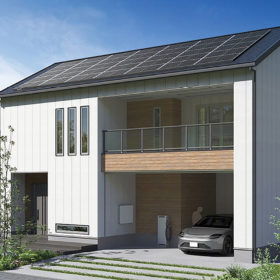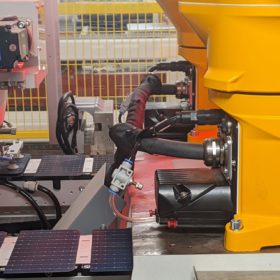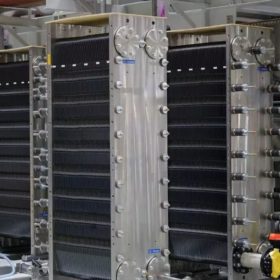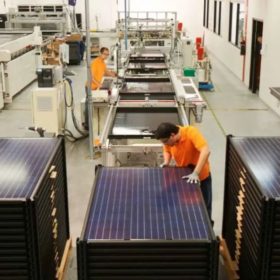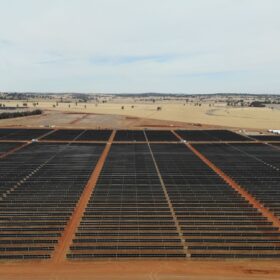Independent tool providing answers to complexities of home solar, storage launched
A free version of SunSPOT, a tool for tailored guidance on the ideal solar and battery set ups, has now been launched. Developed by APVI and UNSW, the online tool allows users to calculate size, cost and potential savings from household renewable systems and is the only such platform offering this information without a sales motive.
Brisbane startup to build cathode material plant in Germany after securing EU funding
University of Queensland spin-off Pure Battery Technologies which has developed a greener, cheaper process for refining critical battery materials has received a $57.45 million (USD 38.5 million) loan from the European Investment Bank to build a demonstration plant in Hagen, west Germany.
PVH’s success in Australia: ‘There are no obvious choices for us’
PV Hardware has become a leading solar tracker manufacturer in Australia, a market renowned for its growth, opportunities and difficulty. Pv magazine spoke to Alejandro Cantos, director of PVH for the Asia-Pacific region.
Panasonic unveils vehicle-to-home system for PV-powered homes
Panasonic claims that its new vehicle-to-home system can increase the self-consumption rate of residential solar and storage capacity to 90%.
Feds focus on renewables with $15 billion manufacturing fund
The Australian government will commence talks with investors and industry this week on the formation of a $15 billion (USD 10.2 billion) national reconstruction fund that aims to boost investment in onshore manufacturing, including the production of solar panels, batteries and hydrogen electrolysers, and components for wind turbines.
Domestic supply chains would ‘benefit significantly’ from addressing modern slavery
On the back of the Covid-19 pandemic, geopolitical conflict and allegations of forced labour in sectors critical to the renewable energy transition, awareness of supply chain insecurity has rarely been higher. Seeking to strike while the iron is hot, the Clean Energy Council and law firm Norton Rose Fulbright have published a white paper arguing that Australia’s own renewable energy supply chains could “benefit significantly” by a more concerted effort to address modern slavery.
Fast-charger to help drive Transgrid’s net-zero ambitions
As part of net-zero targets, New South Wales transmission network owner Transgrid plans to eliminate 100% of emissions from its passenger and commercial fleets by 2030 and to accelerate that strategy will trial a next-generation electric vehicle charger developed by Spanish firm Wallbox Chargers.
Xodus announces 1 GW green hydrogen project for WA
Energy consultancy Xodus Group has announced plans to develop an export-scale green hydrogen project in the Mid-West region of Western Australia which will scale up to 1 GW of electrolyser capacity.
Tindo’s sales skyrocket as consumers turn to homegrown solar
Australia’s only solar panel manufacturer, Tindo Solar, has announced a doubling of sales for both solar panels and battery storage in recent months. The manufacturer attributes the boom to the concatenation of rising energy costs, a potential recession, and increasing consumer awareness about the importance of buying quality products.
Weekend read: the scramble for lithium
Electric vehicle and stationary energy storage companies have experienced battery cell shortages this year. InfoLink predicts overcapacity in 2024, but the concentration of production in China means customers elsewhere are mulling deals with miners.

